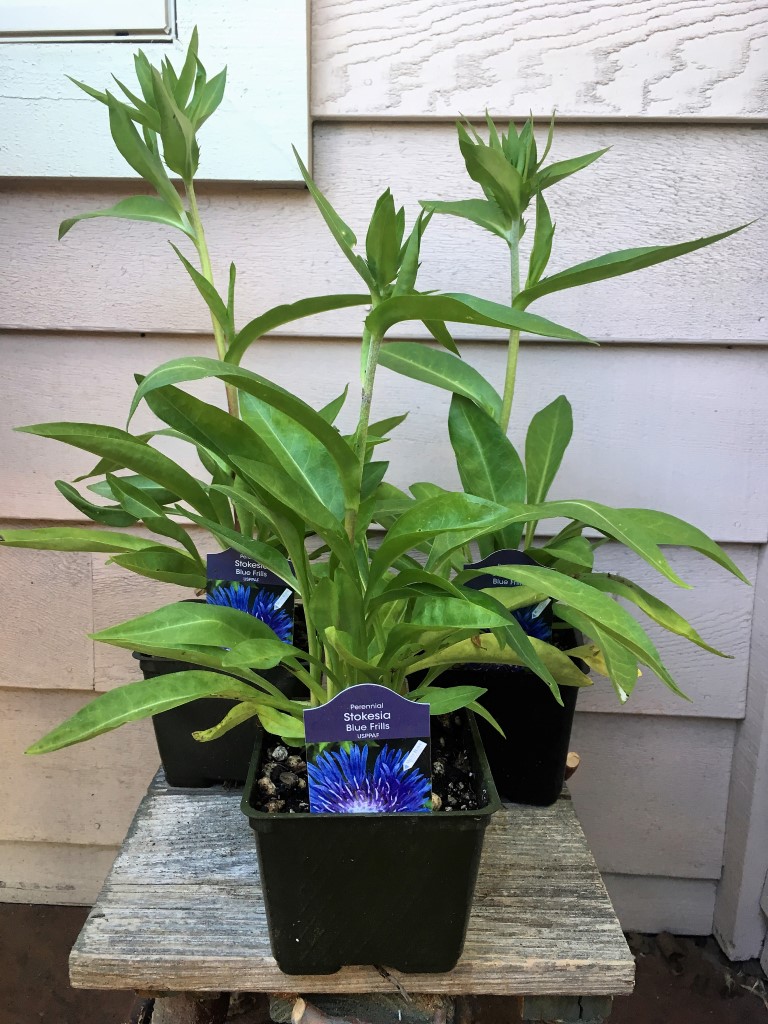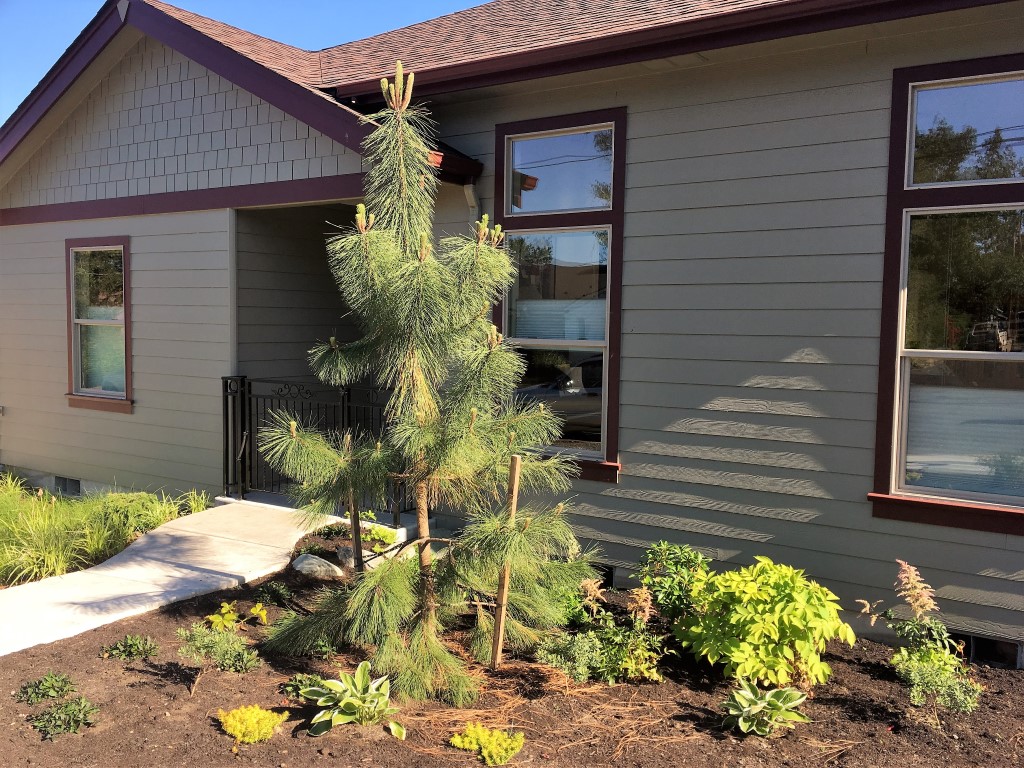
Each month in this “Rooting for You” column, I seek out experts on some aspect of gardening. But this time I’m turning to a different authority—the plants themselves. Plants are good teachers. They give you quick feedback—are their needs met or not? They’re excellent storytellers—you can see the history of a tree by the scars where cuts have been made. Also, plants do have agency. If you don’t believe me, check out Michael Pollan’s presentation of Stephano Mancuso’s time-lapse neurobiology video on two bean plants seeking support to grow.
So, to be blatantly anthropomorphic, here’s what my plants have told me.
“Don’t treat me like a grownup when I’m still a kid.” I’ve learned the hard way not to throw small plants—teeny plugs or even six-packs—into a garden bed and hope for the best. It’s worth the trouble, especially with choice newcomers, to grow them on in a bigger container until they can compete. Also, tiny plants might not be as cold hardy as they will be later. Overwintering them in a greenhouse for their first year could give them a boost.
“Get to know me.” With unfamiliar plants, you may want to place them where you can study their habits before turning them loose in your garden. If the plant description says “vigorous” or “spread—indefinite” you might have a bully. These are the plants that don’t play well with others or seed themselves into every crack. Be wary of neighbors’ giveaways. It’s OK to ask why they have so many to share.
“Don’t always believe my tag.” Even the best tags don’t tell all. For instance, trees are often described at their ten years’ growth (15 feet) not their mature height (50 feet). You don’t want to leave the next homeowner the terrible task of chain sawing your darling-turned-behemoth. An extensive plant encyclopedia or an online resource like Missouri Botanical Garden’s Plantfinder can be a more useful tool than your favorite spade.

“I have high needs—plant me where you can see me.” High needs may be additional water, or pruning, or extra-fast drainage. Whatever. I’ve lost these plants because I didn’t see them on a daily basis. Put your specials where you’ll be reminded to care for them—right under your nose.
“Give me growing companions.” Have you ever weeded and then noticed the plants left behind drooped? Even with a cooling mulch, you’ve basically clear cut the soil. Instead, create a community of lower growers as a living mulch and notice how much happier everyone is. And you’ll weed less because the ground is already occupied.
With annuals, even a few weeks to spread out their roots in a bigger container helps them hold their own. With tiny perennials, shrubs, and trees, if you’re worried about hardiness out of the ground, give winter protection (garage or greenhouse) the first year.


